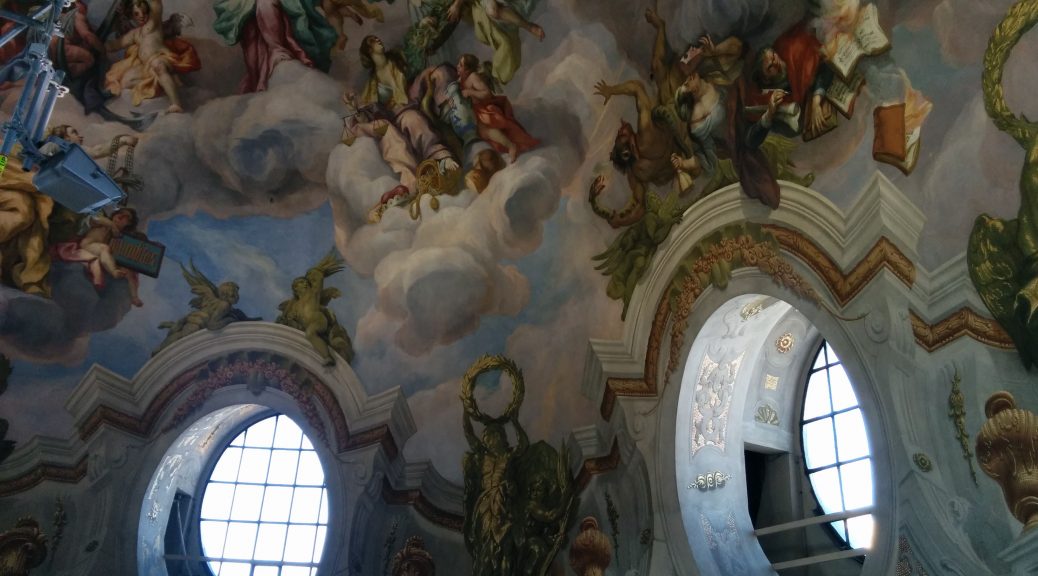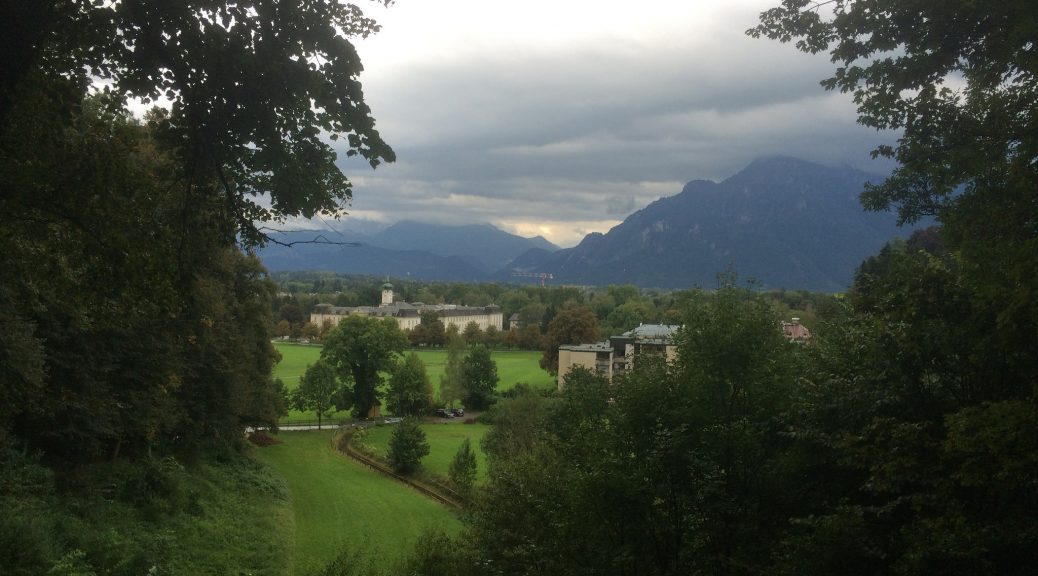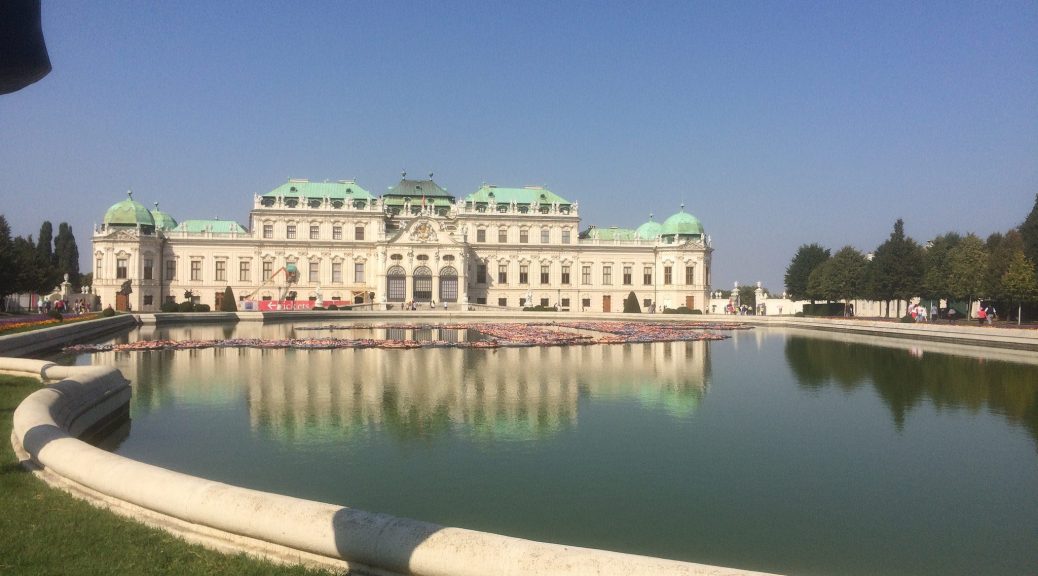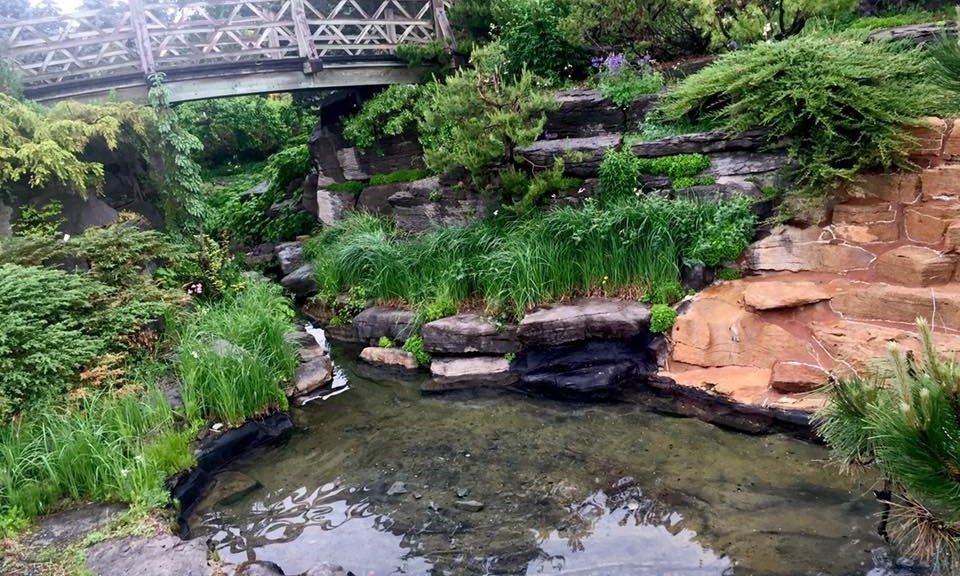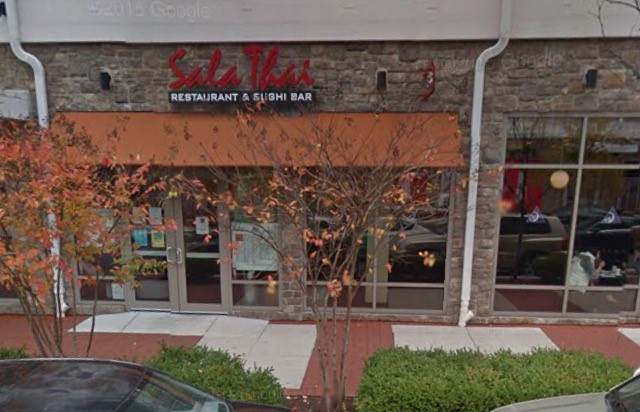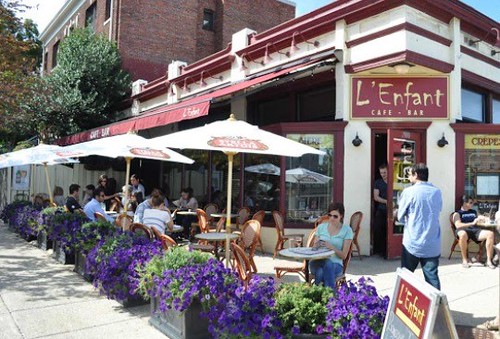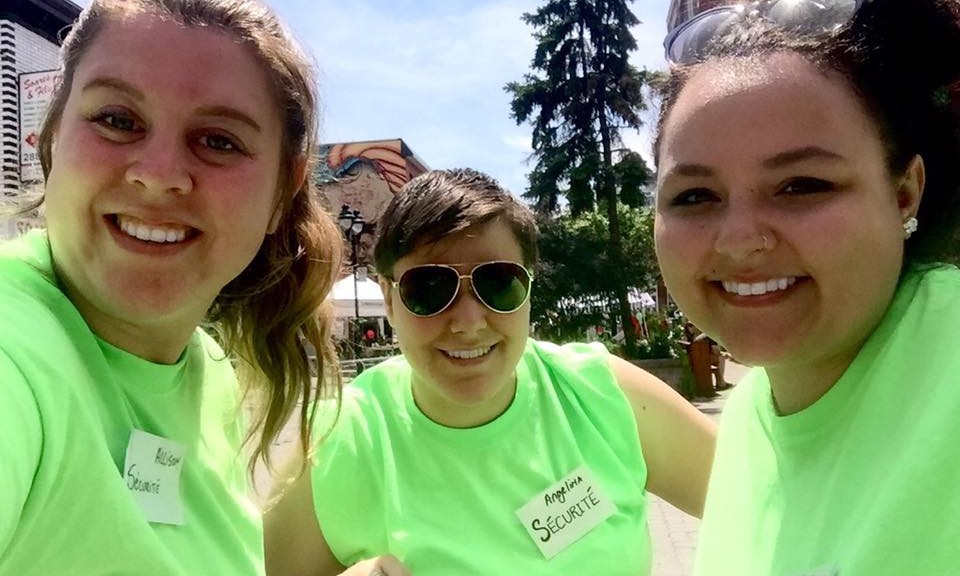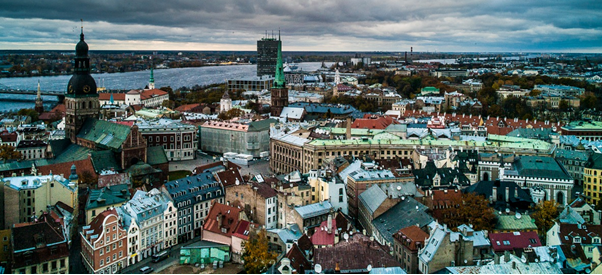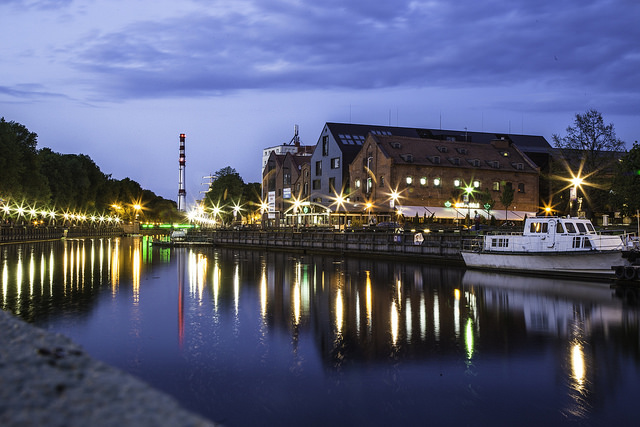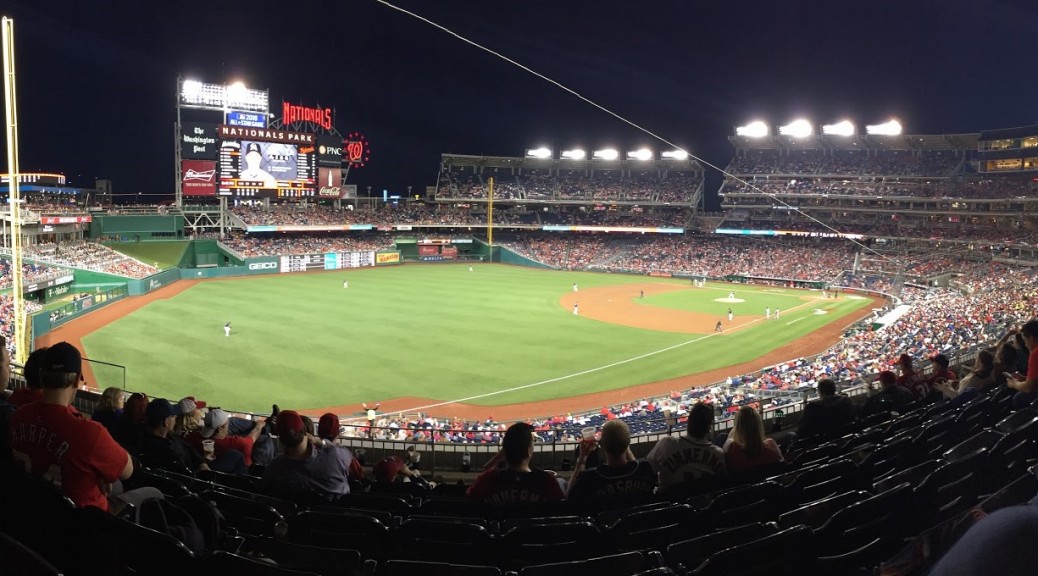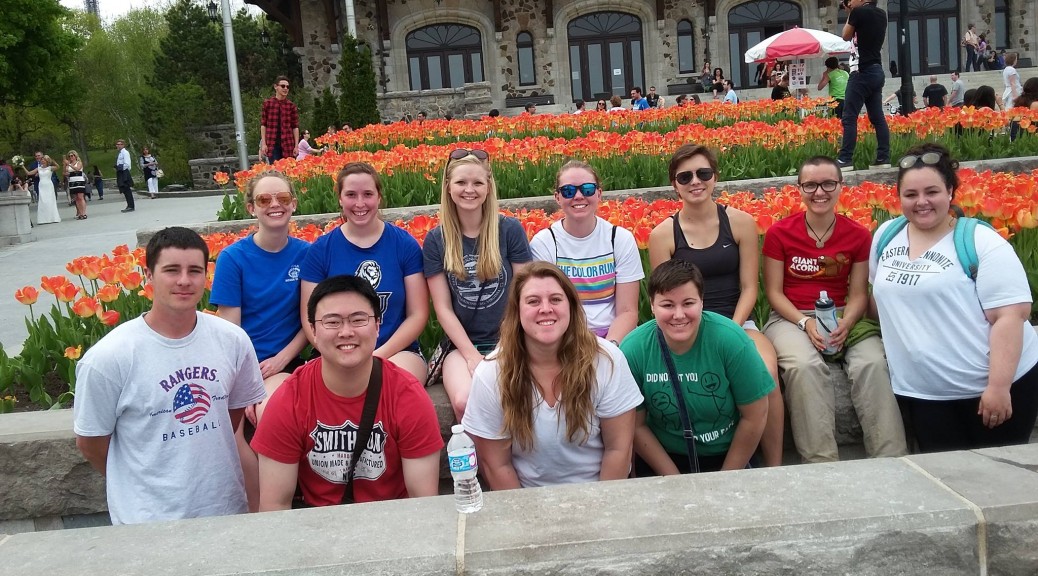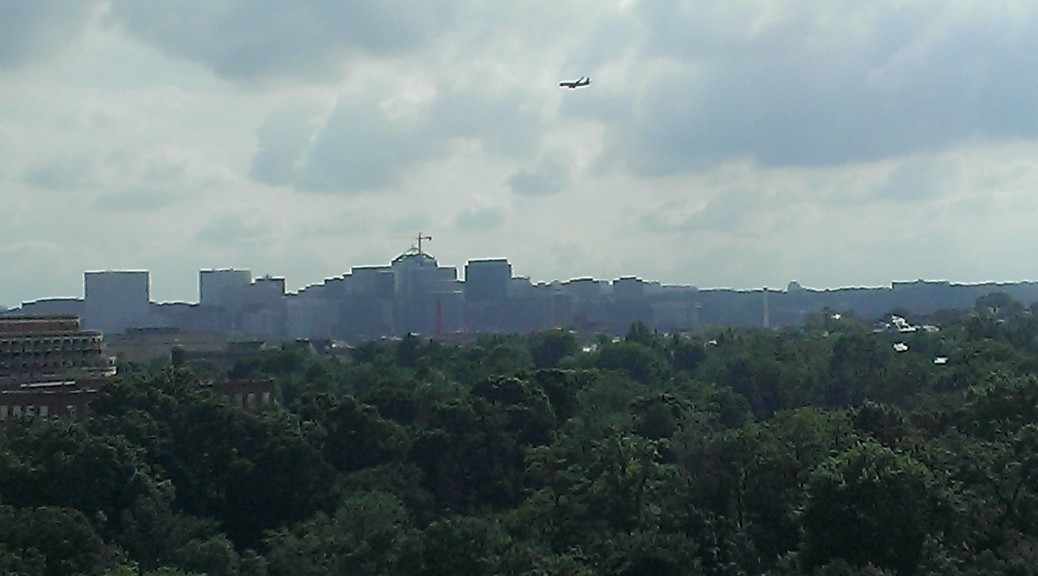Cultural adjustments, Vienna style
November 22
This past week has seen our time in Vienna come to a close. For two months, we toured cathedrals, went to museums, and did our best to learn German. We regularly went to plays, including performances at the Austrian Burgtheater and the Vienna State Opera. We saw fringe pieces at Brut Wien and Tanzquartier. … Continue Reading ››
